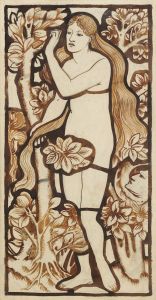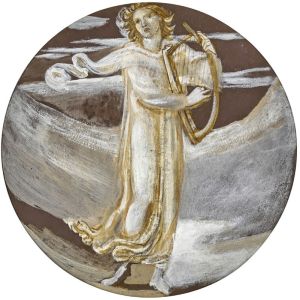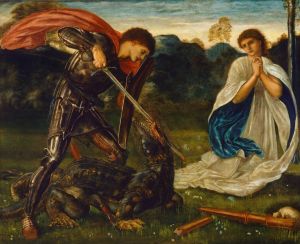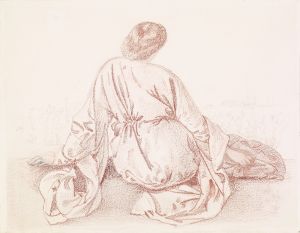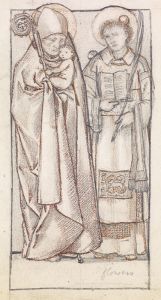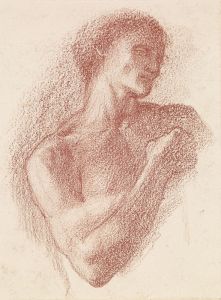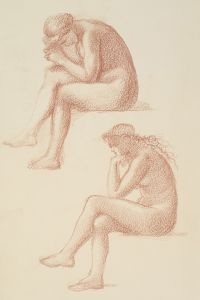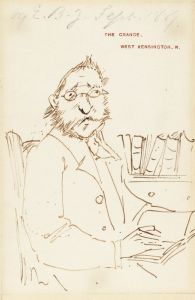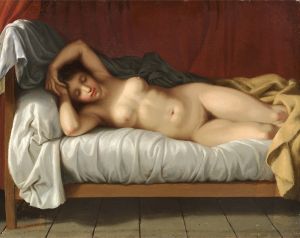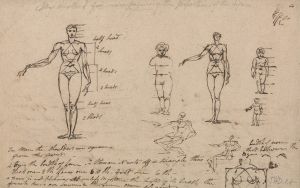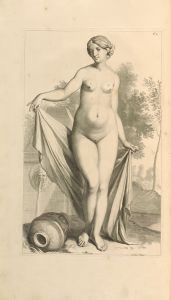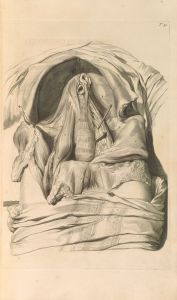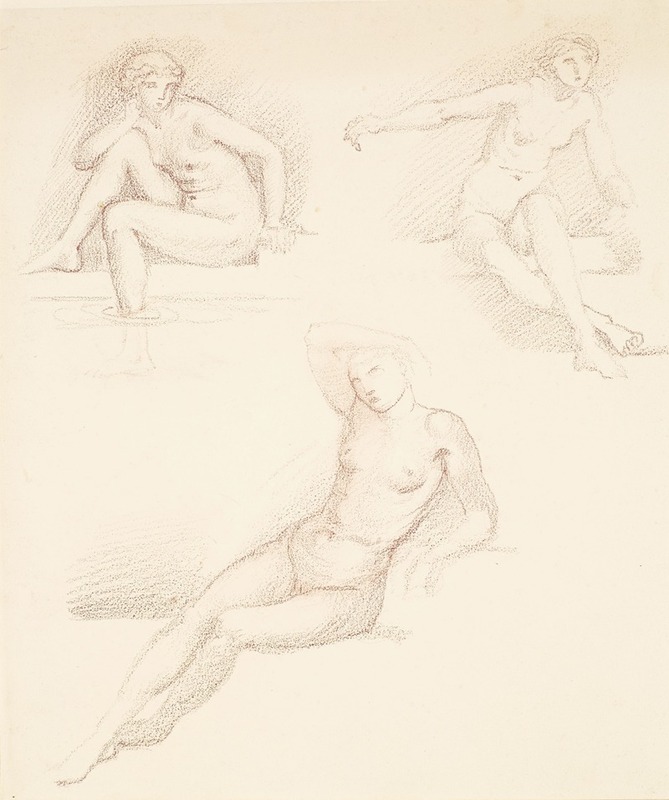
Female Nude – Three Studies of a seated Girl
A hand-painted replica of Sir Edward Coley Burne-Jones’s masterpiece Female Nude – Three Studies of a seated Girl, meticulously crafted by professional artists to capture the true essence of the original. Each piece is created with museum-quality canvas and rare mineral pigments, carefully painted by experienced artists with delicate brushstrokes and rich, layered colors to perfectly recreate the texture of the original artwork. Unlike machine-printed reproductions, this hand-painted version brings the painting to life, infused with the artist’s emotions and skill in every stroke. Whether for personal collection or home decoration, it instantly elevates the artistic atmosphere of any space.
"Female Nude – Three Studies of a Seated Girl" is a drawing by the renowned British artist Sir Edward Coley Burne-Jones, a prominent figure associated with the Pre-Raphaelite Brotherhood and the later Aesthetic Movement. Burne-Jones, born in 1833 and passing in 1898, was known for his romantic and often mystical style, which drew heavily on medieval and classical themes.
This particular work, "Female Nude – Three Studies of a Seated Girl," showcases Burne-Jones's skill in capturing the human form with grace and sensitivity. The drawing consists of three separate studies of a seated female nude, each rendered with meticulous attention to detail. The studies are likely preparatory sketches, a common practice for Burne-Jones, who often created numerous drawings before executing a final painting or larger work.
The drawing exemplifies Burne-Jones's interest in the human figure and his ability to convey a sense of ethereal beauty and serenity. The seated girl is depicted in three different poses, each capturing a different aspect of her form and posture. The use of soft lines and delicate shading highlights the contours of the body, emphasizing the artist's mastery of anatomy and his dedication to the aesthetic ideals of beauty and harmony.
Burne-Jones's work often reflects his fascination with mythology, literature, and the spiritual, and while "Female Nude – Three Studies of a Seated Girl" is a study rather than a narrative piece, it still conveys a sense of timelessness and otherworldliness that is characteristic of his oeuvre. The drawing may have been part of his process in developing a larger narrative work, as he frequently explored themes from Arthurian legends, classical myths, and biblical stories.
The Pre-Raphaelite Brotherhood, with which Burne-Jones was closely associated, was founded in 1848 by a group of English painters, poets, and critics. They sought to reject the mechanistic approach to art that had become prevalent in the wake of the Industrial Revolution, instead advocating for a return to the detail, intense colors, and complex compositions of Quattrocento Italian art. Burne-Jones, though not an original member, became one of the most influential figures in the movement, contributing significantly to its development and legacy.
"Female Nude – Three Studies of a Seated Girl" is a testament to Burne-Jones's dedication to the ideals of the Pre-Raphaelites and his own unique vision. His work continues to be celebrated for its beauty, technical skill, and the way it captures the imagination, inviting viewers into a world of myth and fantasy. While specific details about the context or purpose of this particular drawing may not be extensively documented, it remains an important example of Burne-Jones's artistic process and his enduring influence on the art world.





